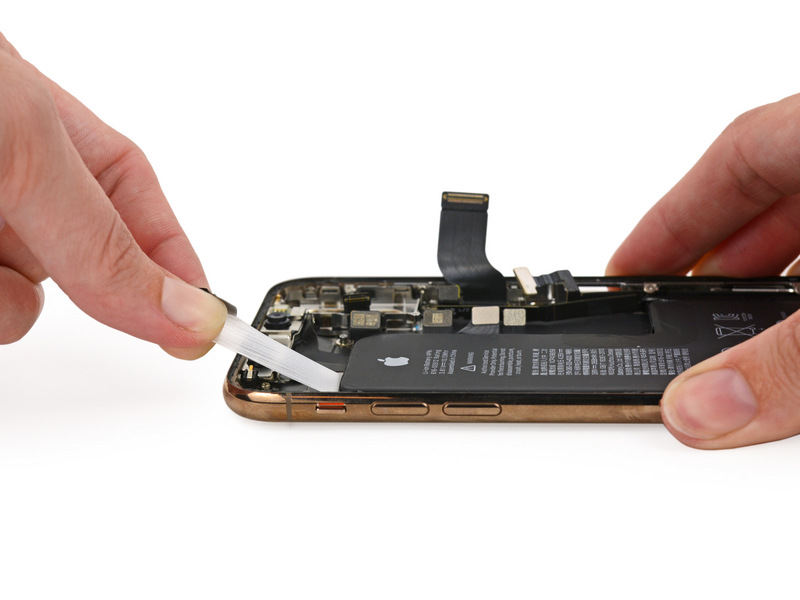iPhone XS Teardown Has a Disappointing Surprise
Not much has changed in Apple’s flagship from last year. It’s mostly the same except for a weirdly shaped battery that is a total letdown.
Gadget gutreaders and fixing wizards iFixit have done the usual thing with the iPhone Xs and the iPhone Xs Max: opening them one bit at a time to reveal their interior.
Inside, the strangest element is the battery. And, oh boy, it is a disappointment.

The new iPhone Xs merges the two batteries from the previous year’s model. Now, there’s one single L-shaped battery, which seems bigger than the originals combined.
MORE: iPhone XS Buying Guide: Who Should Upgrade?
But Apple’s custom design change hasn’t increased the battery capacity. Instead, it's now 2,659 mAh instead of the 2,716 mAh of the previous iPhoneX. No wonder Huawei was trolling the few Apple fanboys waiting in line to get the new Xs giving them free battery packs with the message: “You are going to need it.”
In our battery test, which involves continuous web surfing over LTE, the iPhone XS lasted 9 hours and 41 minutes, which is considerably lower than the original iPhone X's runtime of 10:49 on our test last year.

The battery size reduction is a drag despite Apple claiming that the new A12 chipset can squeeze out 30 minutes of more life, thanks to its 7-nanometer manufacturing process.
Sign up to get the BEST of Tom's Guide direct to your inbox.
Get instant access to breaking news, the hottest reviews, great deals and helpful tips.
The iPhone Xs Max comes with a larger 3,179 mAh battery, and that's expected given that it has a gigantic 6.5-inch screen. The Max turned in a runtime of 11:30, compared to 11:26 for the Galaxy Note 9 and its 4,000 mAh battery, so perhaps the A12 chip's efficiency does have an impact.
The third new element is the embedded SIM, the virtual part that allows you to get a phone number in select networks around the world. iFixit found out that it is the same eSIM part as the one inside the Apple Watch Series 3 — Apple’s first product with such capabilities to work with LTE networks.
Jesus Diaz founded the new Sploid for Gawker Media after seven years working at Gizmodo, where he helmed the lost-in-a-bar iPhone 4 story and wrote old angry man rants, among other things. He's a creative director, screenwriter, and producer at The Magic Sauce, and currently writes for Fast Company and Tom's Guide.

